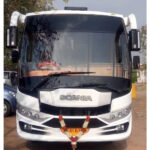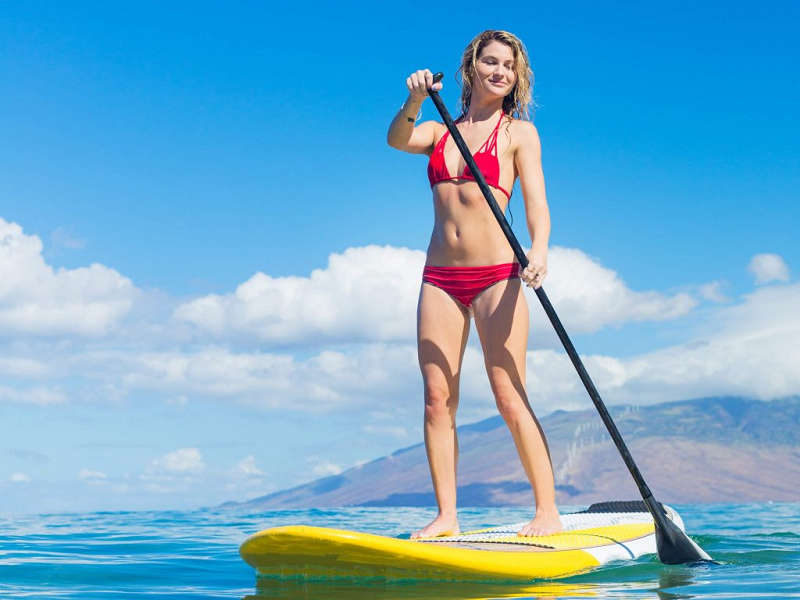When paddleboarding first becomes a hobby, there is likely to be an excitement that pulls you onto the water. The joy of being able to explore new landscapes and relax in a private respite, one away from the land, tends to overshadow the practical reality of having to choose the right board and equipment. Surely all paddleboards will do the same job?
While all paddleboards can certainly float, their designs tend to have significant differences and, depending on a number of reasons, some will be more appropriate than others for your needs. So, before you make an initial investment in your gear, be sure to consider the following factors and how they might affect your experience before beginning your paddleboard adventure.
Intention
Thinking about how you will use your paddleboard is a great place to start. If you want to explore flat water, such as lakes, doing so at your own relaxed pace, then you will want a wider board. Such designs, sometimes referred to as planing boards, have a steadier balance, making them easier for beginners to use, as well as for those wanting to practice SUP yoga.
The alternatives are thinner boards with a more pronounced and pointed nose. These paddleboards are known as displacement boards and are often utilized by those wanting to race or generally push the movement potential of their board to the limit, such as professionals. That’s not to say that beginners shouldn’t choose these boards, only that they have a steeper learning curve and are more appropriate for reaching top speeds.
Solid Or Inflatable
When purchasing a paddleboard from a store, one of the first questions you will hear is likely to be solid or inflatable? This distinction is an important one and, depending on how you intend to store and carry your board, should be considered carefully.
Solid boards tend to be considered performance boards, often being championed by professionals who want to ensure the best performance out on the water. Inflatable boards, on the other hand, are a more versatile board at the cost of a small amount of performance. This versatility comes from the fact they can be inflated and deflated. So, while they still feel solid once out on the water, they can be compacted easily, ready for ease of transportation and storage.
Unless you live very close to the water and have the appropriate space to safely store a board, inflatable boards have quickly become the preference for many because of their great design and flexibility.
Size Matters
When it comes to paddleboarding, it is important to choose the right size board. Shorter boards are generally reserved for children, with mid-sized boards, generally planing hulls, being great for well-balanced experienced, beginners, and yoga practitioners. Larger, longer paddleboards are more suited for experienced paddleboarders, as well as those wanting to go long distances.
The width of a board also comes into play, not only for storage purposes, but for those who want to carry gear out on the water. If you are planning to explore and want to bring equipment with you, then a wider board, one that can accommodate a bag or two safely, is ideal.
 Bus Rentals in Bangalore: The Ultimate Corporate Travel Solution
Bus Rentals in Bangalore: The Ultimate Corporate Travel Solution  Discover South Korea’s Natural Wonders One Trail at a Time: A Guide to Erik Palin’s Hiking South Korea
Discover South Korea’s Natural Wonders One Trail at a Time: A Guide to Erik Palin’s Hiking South Korea  Insider Secrets for Booking the Perfect Stay on Pattaya Beach Road
Insider Secrets for Booking the Perfect Stay on Pattaya Beach Road 

